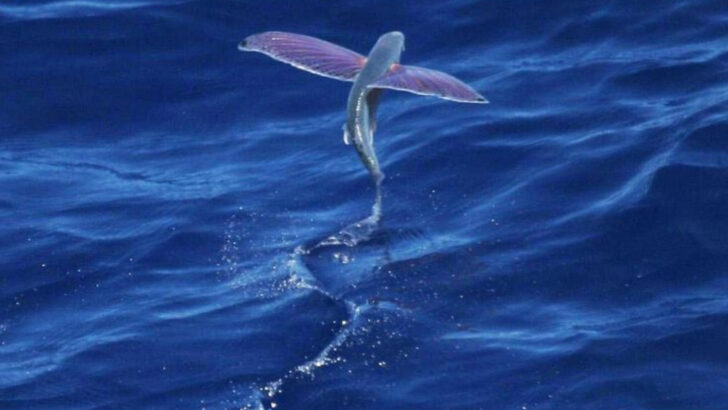They look harmless.
Slow.
Even a little clueless.
But try catching one—and you’ll regret underestimating them.
These are the escape artists of the animal kingdom.
Some ooze slime. Others vanish into thin air (or at least it feels like it).
And a few pack sneaky surprises no one sees coming.
Predators don’t stand a chance.
Neither do humans with a net and too much confidence.
From shape-shifters to spiky warriors to experts in dirty tricks,
these animals prove that looking defenseless is often the greatest defense of all.
Ready to meet the creatures that laugh in the face of danger—
and leave it choking on dust?
Hummingbird
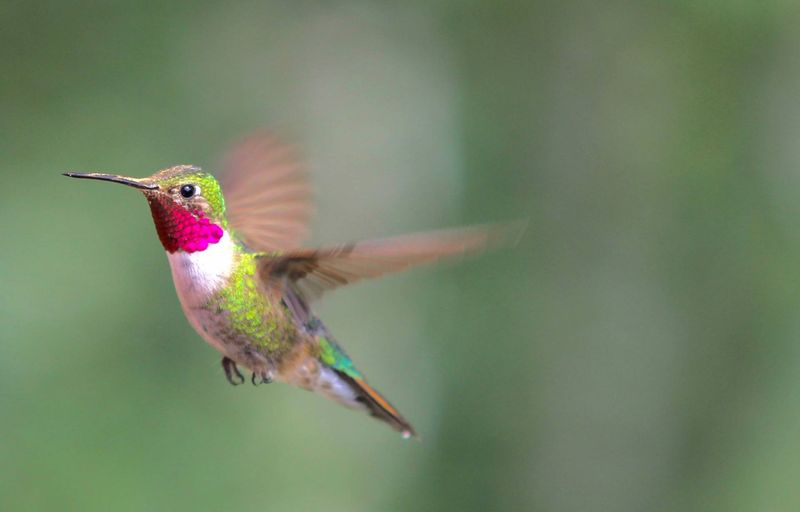
With wings flapping up to 80 times per second, the hummingbird is nature’s helicopter. This tiny avian marvel is nearly impossible to catch due to its incredible agility and speed.
Hummingbirds can fly forwards, backwards, and even upside down, all while maintaining precise control. Their vibrant plumage can distract predators and photographers alike.
Did you know? An average hummingbird’s heart beats more than 1,200 times per minute. Despite their delicate appearance, they are fierce defenders of their territory.
Octopus
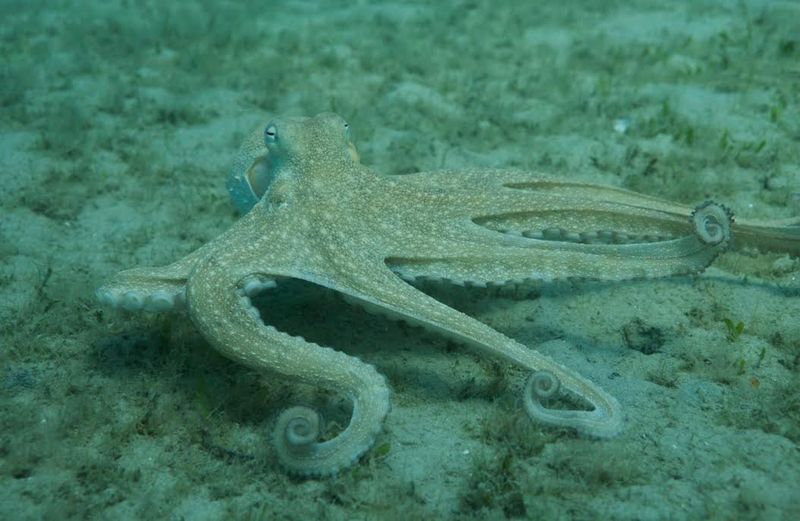
Masters of disguise, octopuses can change color and texture to blend with their surroundings. This ability makes them incredibly hard to spot.
Beyond camouflage, octopuses possess high intelligence, allowing them to escape traps and solve complex puzzles. These cephalopods can even squeeze through tiny openings due to their lack of bones.
Their dexterity and cunning make them formidable escape artists in the ocean’s depths. They are truly one of the ocean’s most elusive creatures.
Gecko
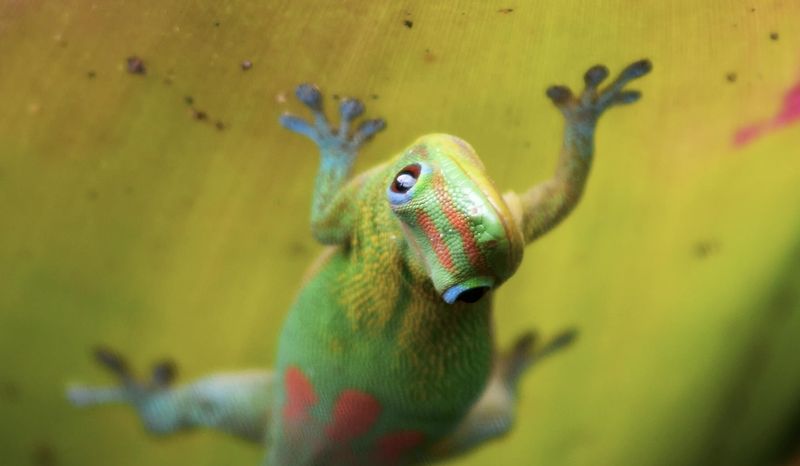
Famed for their sticky toe pads, geckos can easily maneuver on smooth and vertical surfaces. This unique adaptation makes them difficult to catch.
These nocturnal reptiles are agile and quick, darting away from predators in a flash. Their ability to regenerate lost tails adds another layer to their evasiveness.
Geckos’ remarkable climbing skills and speedy retreats ensure they remain out of harm’s way, much to the frustration of would-be captors.
Flying Fish
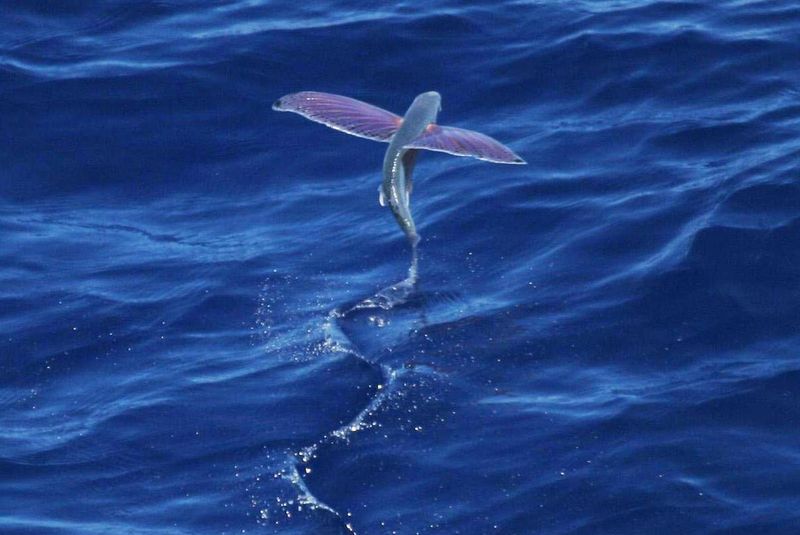
Flying fish are renowned for their ability to glide over water, escaping predators with ease. Their elongated fins enable them to take to the air, skimming the surface for hundreds of feet.
This unique escape strategy confuses predators both above and below the water. Their streamlined bodies and powerful tails provide the thrust needed for these acrobatic flights.
They are living proof that being ‘fish out of water’ isn’t always a disadvantage. These aerial swimmers are true masters of evasion.
Gazelle
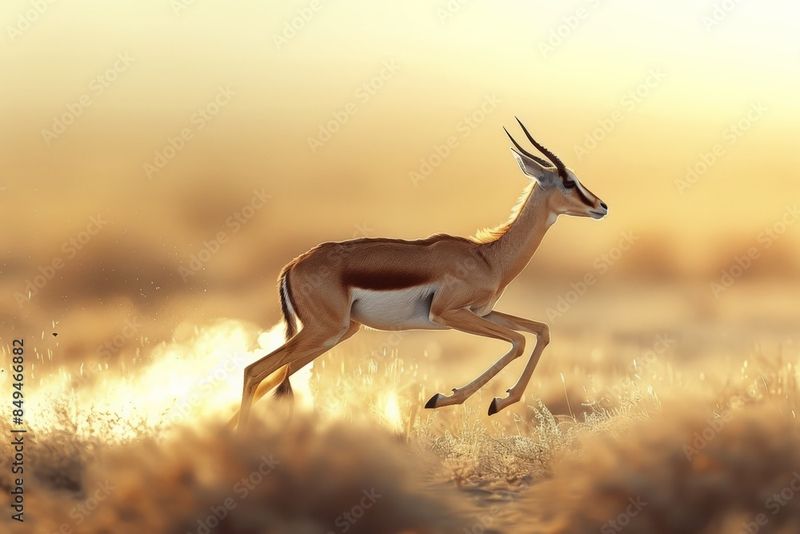
With their slender bodies and long legs, gazelles are built for speed and endurance. Capable of reaching speeds of 60 mph, they elegantly bound across grasslands.
Their incredible agility allows them to zigzag, dodging predators effortlessly. Gazelles’ keen senses keep them alert to danger, enabling swift escape at a moment’s notice.
Often seen in herds, their collective awareness enhances their ability to evade capture. These graceful runners are the epitome of elegance and swiftness in the wild.
Cuttlefish
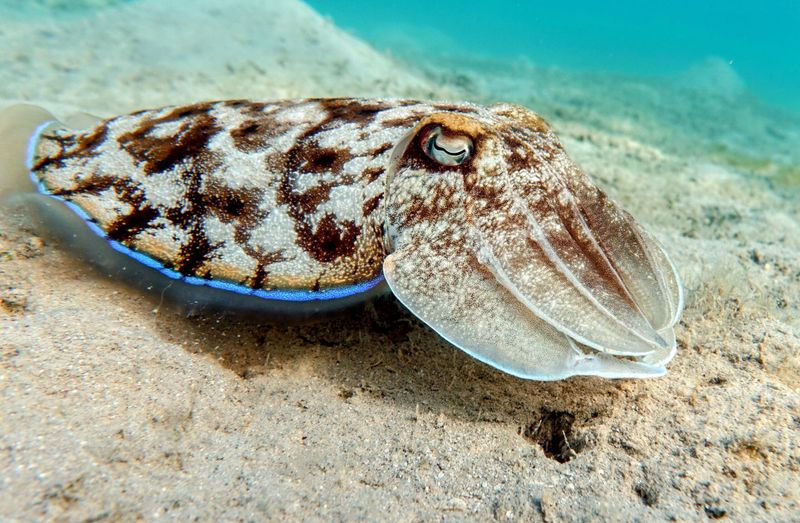
Cuttlefish are the chameleons of the sea, able to change their skin color and pattern in an instant. This advanced camouflage ability aids in avoiding predators and sneaking up on prey.
Equipped with complex eyes and a large brain, cuttlefish navigate their underwater world with precision. Their ability to jet propel themselves adds to their evasiveness.
Their mesmerizing displays serve as both a defense mechanism and a communication tool. Cuttlefish are truly enigmatic and masterful in their underwater ballet.
Pronghorn
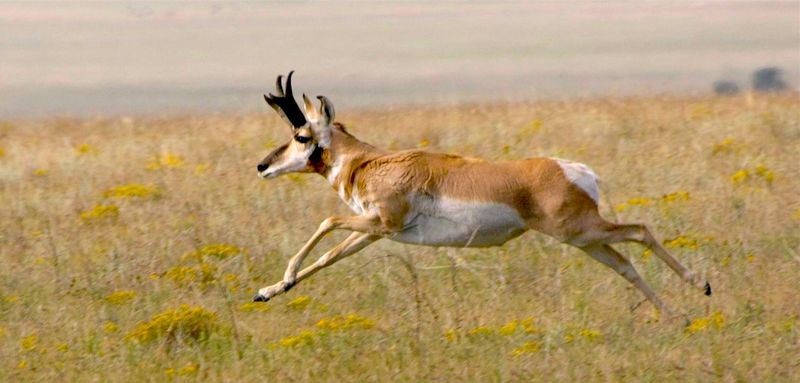
Pronghorns are North America’s fastest land mammals, capable of sustained speeds of 55 mph. Their aerodynamic bodies and powerful legs make them nearly impossible to catch.
Unlike other speedy animals, pronghorns can maintain high speeds over long distances, a skill evolved for outrunning predators like wolves.
With exceptional eyesight, they spot danger from afar, allowing them to react swiftly. Pronghorns are endurance runners of the prairie, boasting both speed and stamina.
Jackrabbit
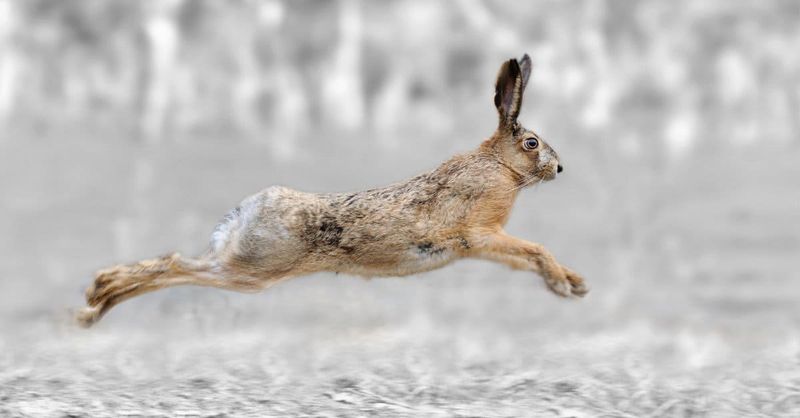
These desert dwellers are known for their explosive acceleration and remarkable leaping ability. Jackrabbits can reach speeds of 40 mph, using quick turns and long jumps to evade capture.
Their large ears help regulate body temperature while also enhancing hearing, alerting them to threats. Jackrabbits use their powerful hind legs to propel themselves across vast distances.
Their agility and speed make them elusive targets for predators. They are quintessential examples of desert survival and adaptation.
Ibex
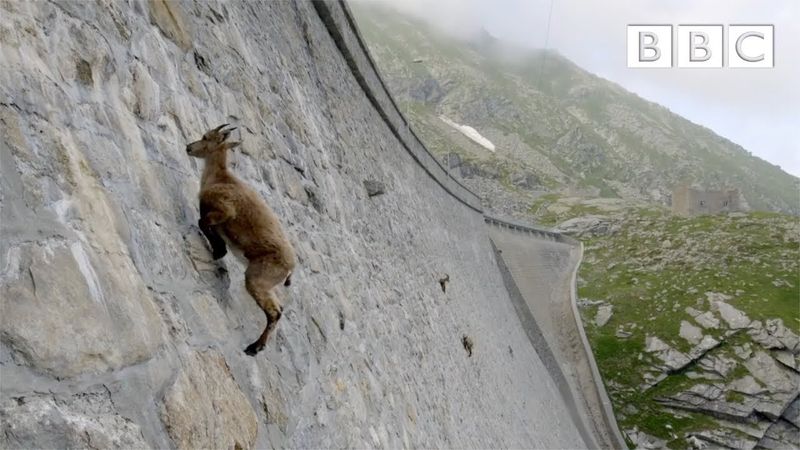
Ibexes are mountain-dwelling goats renowned for their incredible climbing skills. They navigate steep, rocky terrains with ease, making them difficult to catch.
Their split hooves provide excellent grip on uneven surfaces, while their muscular build supports agile movements. Ibexes are also known for their impressive leaps across chasms.
These sure-footed mammals are masters of the mountains, skillfully evading predators and human pursuers alike. Their resilience in harsh environments is truly remarkable.
Antelope

Antelopes are graceful herbivores that rely on speed and agility to avoid predators. With the ability to reach speeds of 50 mph, they are formidable runners.
Their keen senses and group vigilance make them difficult to ambush. Antelopes’ powerful hind legs allow for swift sprints and agile turns.
These agile creatures are a testament to the survival of the fittest in the wild. Antelopes’ elegance and speed ensure their survival in diverse habitats.
Kangaroo Rat
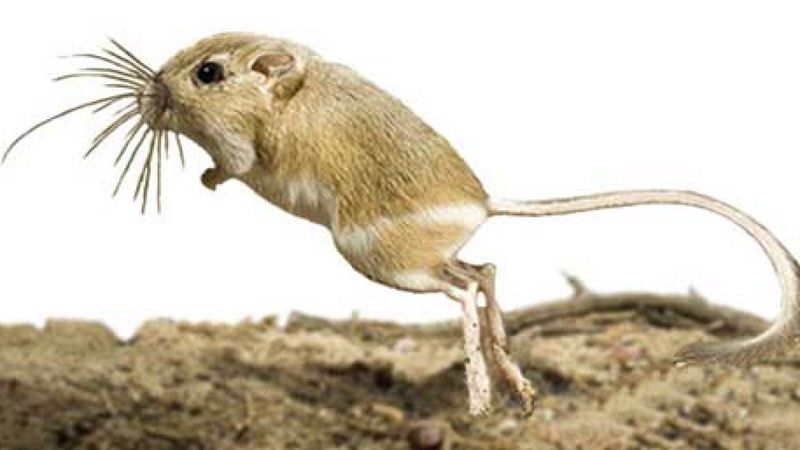
This small nocturnal rodent is a master of evasion in the desert. Kangaroo rats hop rapidly to avoid predators, using their long hind legs.
They can change direction swiftly, confusing would-be captors. These rodents also rarely need to drink water, obtaining moisture from their food.
Their ability to survive in arid conditions while evading predators makes them remarkable. Kangaroo rats epitomize resilience and adaptability in extreme environments.
Arctic Fox
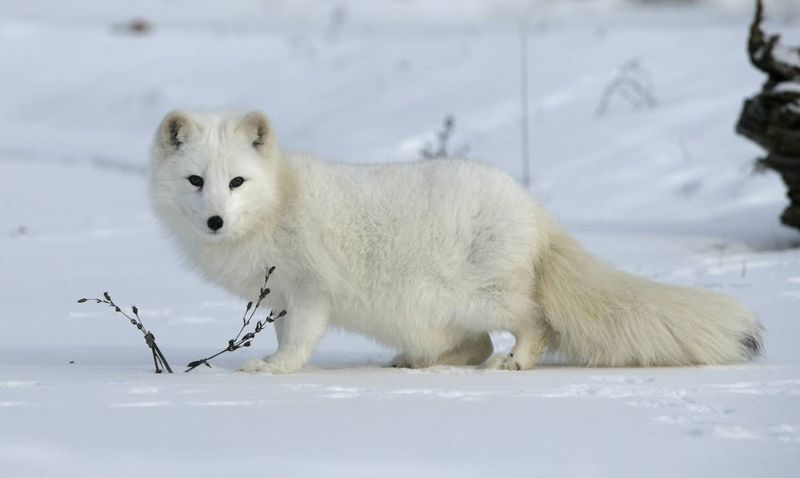
Arctic foxes are experts in camouflage, their fur changing color with the seasons. In winter, their white coats blend perfectly with snow, while summer brings a brownish hue.
These foxes are swift runners, capable of exceeding 30 mph, while their acute hearing aids in detecting prey beneath the snow.
Their thick fur also insulates them against freezing temperatures. Arctic foxes are true survivors of the tundra, adapting to one of the planet’s harshest climates.
Tree Frog
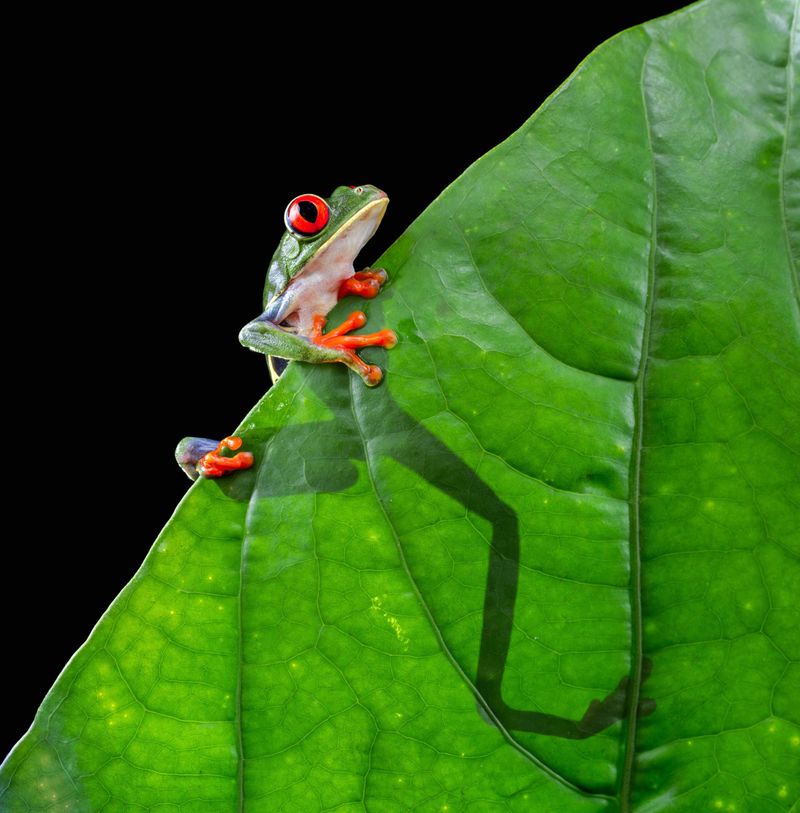
Tree frogs possess remarkable climbing abilities and camouflage skills. Their sticky toe pads allow them to adhere to leaves and branches with ease.
Their vibrant colors often blend with foliage, making them hard to spot. Tree frogs are agile jumpers, evading predators with quick leaps.
Found in tropical and temperate regions, they are masters of disguise and mobility. Tree frogs exemplify nature’s balance, thriving high above ground level.
Chameleon

Chameleons are iconic for their color-changing abilities, used for communication and camouflage. This makes them nearly invisible to predators.
Their prehensile tails and zygodactylous feet provide stability while navigating branches. Chameleons also have unique eyes that move independently, offering a 360-degree view.
These reptiles are the epitome of adaptive evolution, with an unmatched ability to blend into their environment. Chameleons’ stealth and adaptability make them elusive inhabitants of forests.

